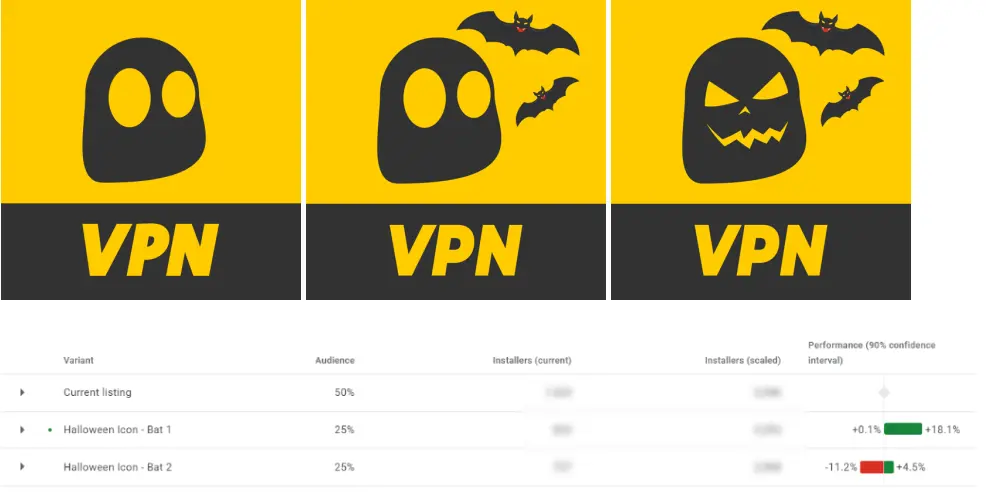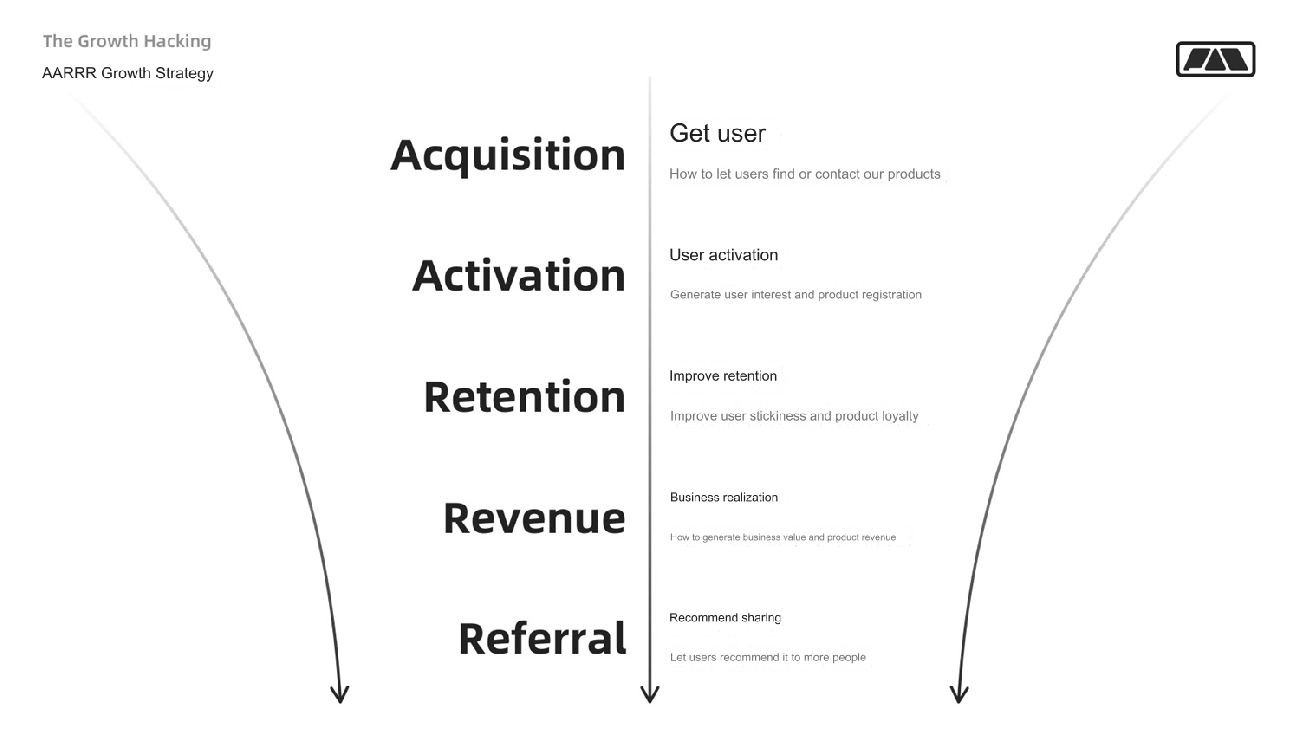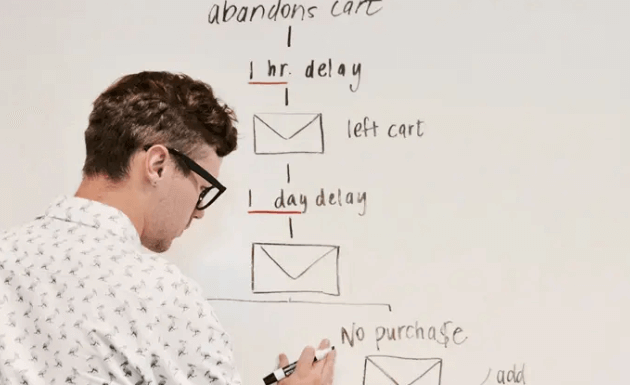This article introduces a framework for deconstructing unfamiliar businesses, divided into four parts. To help readers understand the framework, the article uses an e-commerce customer service scenario as an example. By applying this framework, readers can systematically comprehend unfamiliar businesses and lay the foundation for subsequent product design.
In our daily work, we often face managing unfamiliar businesses. How can we quickly establish a systematic understanding of an unfamiliar business, which will later facilitate relevant product design?
Today, I will introduce a framework for deconstructing unfamiliar businesses.

I. Framework for Deconstructing Unfamiliar Businesses
The framework for deconstructing unfamiliar businesses is divided into four parts:
1. Define Business Goals and Key Processes
First, clearly understand the business goals and key processes, that is, the primary purpose of the business and its core functional steps.
Next, abstract, summarize, and extract the core content of the business, forming a concise definition of the business.
2. Identify Business Participants and Roles
Based on the key processes of the business, further analyze the participants and related roles.
This includes users, administrators, customers, partners, etc., as well as the roles and responsibilities they play in the business.
3. Develop Business Scenarios and Use Cases
Create specific business scenarios and use cases, and abstract them into a set of universal models to better understand the business processes and requirements.
Through scenarios and use cases, you can delve deeper into the different operations, inputs, and outputs of the business, helping to better plan the corresponding product features and functions.
4. Establish Business Data and Metrics Model
Abstract the data and metrics within the business, such as orders, products, inventory, sales, user conversion rates, etc.
Classify and summarize this data and metrics and establish corresponding data and metrics models. This will help in better tracking and analyzing business data and continuously optimizing product features and functions.
II. Case Study: Abstracting a Customer Service Scenario
After understanding the framework, let’s take an e-commerce customer service scenario as an example to demonstrate how to abstract a specific business.
1. Define Business Goals and Key Processes
The goal of an e-commerce customer service business is usually to address various user issues and requests, such as order inquiries, returns, product consultations, etc.
Let’s take a specific customer service workflow as an example, specifically focusing on the refund process, and examine the steps involved:
User Requests a RefundThe user initiates a refund request from the order details page or submits a refund request through a customer service channel.
The refund request needs to include information such as the order number, product name, and reason for the refund.
Customer Service Handles the Refund RequestThe customer service representative receives the refund request, first confirming whether the order is within the return period and verifying the related order and product information.
If the information is incomplete, the customer service representative will ask the user for the necessary details.
Customer Service Reviews the RequestThe customer service representative reviews the refund request to determine if it complies with the refund policy.
If it complies, they proceed with the next step; if not, the user is informed that the refund is not possible.
Customer Service Coordinates with FinanceThe customer service representative contacts the finance team to process the refund, selecting the appropriate refund method based on the order's payment method.
They also ensure that the refund is processed promptly and keep the user updated on the progress.
Post-Solution Follow-upAfter the refund is processed, the customer service representative follows up with the user, collecting feedback on the process and service satisfaction. They record relevant data and metrics to assist business managers in analyzing the data and continuously optimizing the business.
By abstracting multiple such workflows, we can break down the key processes of customer service into five stages: user access, problem analysis, service response, problem resolution, and follow-up.
Thus, a concise definition of e-commerce customer service could be: “Providing quality communication services to users to address various issues and requests.”
2. Identify Business Participants and Roles
In the e-commerce customer service business, the participants and roles primarily include users, customer service representatives, administrators, and the system.
Users: The core business users who need to communicate with customer service representatives in real time and raise various issues and requests.
Customer Service Representatives: Business executors who answer and handle user requests and coordinate backend personnel to address various issues.
Administrators: Business managers responsible for overseeing customer service operations and coordinating the work of the customer service team.
System: The business infrastructure that supports customer service representatives’ work and provides the necessary data and metrics.
3. Develop Business Scenarios and Use Cases
In e-commerce customer service, there can be multiple scenarios and use cases, such as order inquiries, logistics tracking, after-sales service, etc.
A common scenario is the return and exchange service.
A typical use case for this scenario would include the following steps:
The user contacts the customer service representative, explaining their return/exchange needs and reasons;
The customer service representative analyzes the information provided by the user, verifies the related order and product information, and confirms the return/exchange process;
The customer service representative explains the return/exchange process and precautions to the user, providing guidance and support;
The customer service representative coordinates with backend personnel to handle the return/exchange and continues to follow up on the issue’s progress;
After resolving the issue, the customer service representative follows up with the user and collects feedback to continuously improve product and service quality.
4. Establish Business Data and Metrics Model
In e-commerce customer service, critical data and metrics include customer satisfaction, issue resolution rate, customer service efficiency, and service quality data.
III. Conclusion
By mastering and applying this framework in your daily work, you can easily deconstruct any unfamiliar business and understand it from a structured perspective, laying a solid foundation for subsequent product design.







